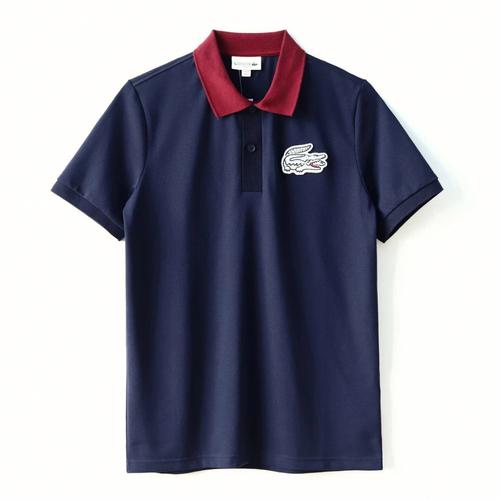When choosing fabrics for autumn and winter, it is very important to consider environmental protection factors. Here are some of the most eco-friendly natural fabric options for fall and winter:
1. Organic cotton: Organic cotton is cotton grown without chemical pesticides and fertilizers. And no harmful substances are used for dyeing and processing. Organic cotton fabrics are not only harmless to human health, but also environmentally friendly.
2. Hemp: Hemp is a natural plant fiber with good air permeability and moisture absorption. The fabric can be produced without excessive water and chemical treatments, reducing negative environmental impact.
3. Wool: High-quality wool comes from sustainably raised sheep, and the collection process ensures the welfare of the sheep. Wool has thermal properties and is also a reusable fabric.
4. Hemp: Hemp fiber is a natural fiber with high strength and good flame retardancy. No pesticides are required during the growth of cannabis plants, reducing environmental pollution. Hemp fabric also has moisture-regulating and antibacterial properties.
5. Silk: Silk is made from silkworm cocoon fibers. It is not only soft to the touch, but also has a unique natural luster. High-quality silk mostly uses natural dyes, which reduces chemical pollution to the environment.
When choosing these fabrics, you also need to pay attention to the following points:
1 . Confirm the certification status of the fabric: Some brands will use environmental labels or certifications to prove that the fabrics they use meet environmental standards.
2. Avoid chemical dyes and processing: Chemical dyes and processing have negative effects on the environment and human health. Choose fabrics with natural dyes and more environmentally friendly processes.
3. Choose sustainably produced brands: Support brands that are committed to sustainable development and environmentally friendly production. They are more inclined to choose environmentally friendly fabrics and production methods. .
4. Pay attention to the recycling and reuse of fabrics: Some fabrics can reduce their impact on the environment through recycling and reuse. Choosing this type of fabric can help reduce resource waste.
In short, when choosing fabrics for autumn and winter, we can look for natural fabrics with environmentally friendly attributes and choose brands that focus on sustainable development and environmentally friendly production . Not only does this protect the environment, but it also ensures that the fabrics we use are harmless to health.





